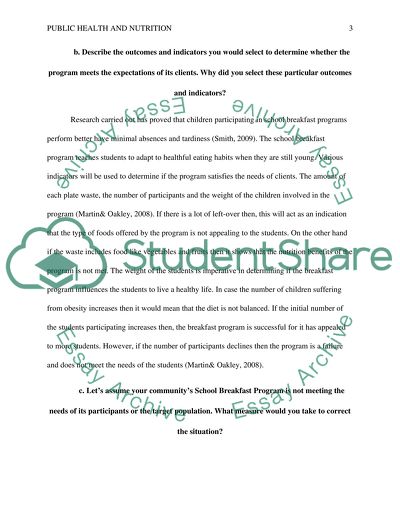Cite this document
(“Public health and nutrition Assignment Example | Topics and Well Written Essays - 1750 words”, n.d.)
Public health and nutrition Assignment Example | Topics and Well Written Essays - 1750 words. Retrieved from https://studentshare.org/health-sciences-medicine/1668276-public-health-and-nutrition
Public health and nutrition Assignment Example | Topics and Well Written Essays - 1750 words. Retrieved from https://studentshare.org/health-sciences-medicine/1668276-public-health-and-nutrition
(Public Health and Nutrition Assignment Example | Topics and Well Written Essays - 1750 Words)
Public Health and Nutrition Assignment Example | Topics and Well Written Essays - 1750 Words. https://studentshare.org/health-sciences-medicine/1668276-public-health-and-nutrition.
Public Health and Nutrition Assignment Example | Topics and Well Written Essays - 1750 Words. https://studentshare.org/health-sciences-medicine/1668276-public-health-and-nutrition.
“Public Health and Nutrition Assignment Example | Topics and Well Written Essays - 1750 Words”, n.d. https://studentshare.org/health-sciences-medicine/1668276-public-health-and-nutrition.


